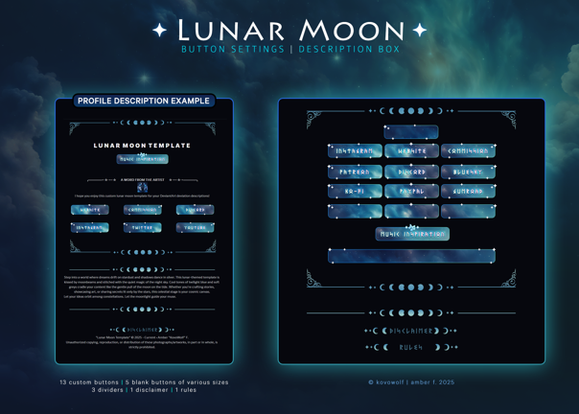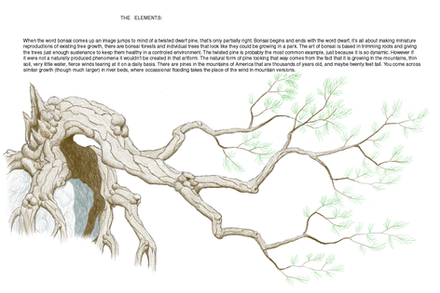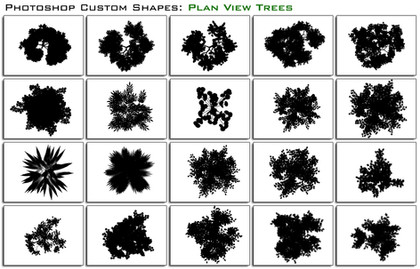HOME | DD
 torstan — Tree Styles
torstan — Tree Styles

Published: 2012-02-06 21:17:19 +0000 UTC; Views: 4645; Favourites: 82; Downloads: 120
Redirect to original
Description
Trees and BattlemapsA little late today, but I thought I'd discuss trees in battlemaps - after Anthony Metcalf asked about them. In this case I'm just talking about the decisions over the style of a tree rather than the techincal question of how to actually draw one.
There are four styles of tree that I can think of that I've regularly seen and there are pros and cons to each one. A lot of the decision is really based on how you're going to use the map you have at the end. I'll go through each in turn:
1. This is probably the most obvious. You draw the canopy of the tree. It's relatively easy - and there are lots of pre made tree image you can use if you want to lay in a lot of trees quickly (for example: [link] ). Equally, you can hand draw them, like I've done here. The down side is that this obscures anything under the canopy that you might want to show, and in particular it obscured the tree trunk. If you're running an abstract game, where forest is just a generic terrain type and being in the forest gives you cover then this is fine. However if you're playing something like 4e D&D and you need to know where the tree trunks are for cover and line of sight, this will give you a pretty map, but won't actually allow the map to be used for gameplay.
2. This approach goes in the opposite direction. Here I've just shown the tree trunk, and no canopy. This is great for tactical gameplay as it leaves you able to throw other details onto the forest floor, like fallen trunks or meandering streams, without any problem with the players being unable to see them. However, it's less obviously a tree, and it's just not as pretty. It's the approach I took for my Leafless Wood map pack, which I still drag out whenever my players end up in a fight in a clearing: [link]
3. Here I've gone for a happy medium. It's more abstract, as we have both the canopy and the trunk beneath. You can decide when you colour it whether you want to just leave the line art to designate the extent of the canopy, or whether you want to add in some leaves around the edge. I first saw this style done by +Mike Schley on some maps he did for Wizards, and it certainly makes for attractive battlemaps that are also useful for tactics. It's a little more time consuming, but I think it's worth it for the versatility. The one downside I've seen with this style is that if you also have a lot of ground level detail like streams, fallen logs, mushroom fields and such, then it can get very crowded and it can be hard to read off the important information.
4. Here I've just shown the branches of the tree. It works well for winter scenes and you can clearly see the extent of the tree as well as the location of the trunk. However this comes with a health warning. Doing the line work can be time consuming but it's as nothing compared to the amount of time it'll take to colour and shade. Think very carefully before doing a map with more than a couple of these on it. You're likely to regret it, however pretty they look at the end of the day!
This originally appeared on G+ [link] and facebook [link]
#tipsandtricks #fmtips #map #tutorial #photoshop #photoshoptutorials






















